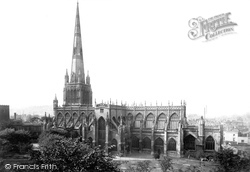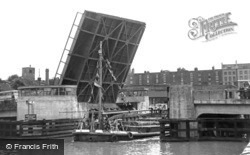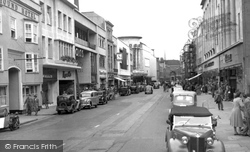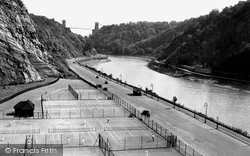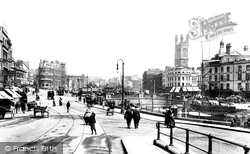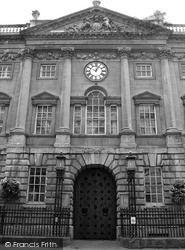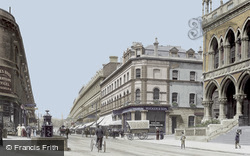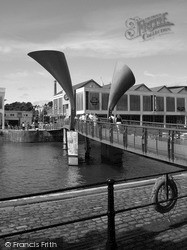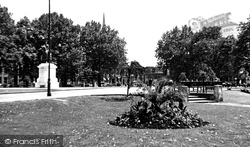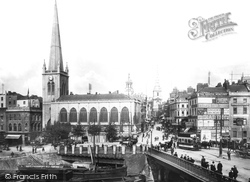Nostalgic memories of Bristol's local history
Share your own memories of Bristol and read what others have said
For many years now, we've been inviting visitors to our web site to add their own memories to share their experiences of life as it was when the photographs in our archive were taken. From brief one-liners explaining a little bit more about the image depicted, to great, in-depth accounts of a childhood when things were rather different than today (and everything inbetween!). We've had many contributors recognising themselves or loved ones in our photographs.
Why not add your memory today and become part of our Memories Community to help others in the future delve back into their past.
Add a Memory!
It's easy to add your own memories and reconnect with your shared local history. Search for your favourite places and look for the 'Add Your Memory' buttons to begin
Displaying Memories 41 - 50 of 82 in total

